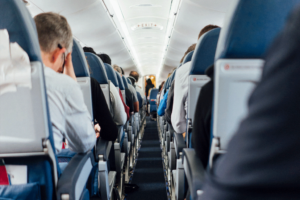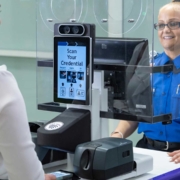In-flight connectivity (IFC) solutions have been on the rise for some time. But according to a Dataxis report, this segment is still relatively new to the airline industry and is not always a service available to all users.
In-flight Wi-Fi has become commonplace in more destinations, and more airlines are embracing the service to diversify their revenues while providing a service that benefits travelers by keeping them connected during the flight.
Today, IFC solutions represent an emerging market, with two-thirds of aircraft in the United States alone equipped to offer this service, and only 30% of aircraft in Latin America, Europe, the Middle East, and Asia-Pacific are equipped with the technology to offer in-flight connectivity.

source: https://unsplash.com/es/fotos/FT2WwbS1LJQ
However, more and more airlines are looking to make this type of investment to increase their competitiveness and drive ticket sales.
According to surveys, in-flight Wi-Fi is now seen as an essential service by passengers, who are often willing to pay extra for connectivity and use the flight time to catch up on work or simply for entertainment.
Thanks to this, airlines could even diversify their service offerings by offering different packages according to the needs of their customers, ranging from high-speed Internet with which you can access video games, unlimited Internet data consumption so you can enjoy your social networks while flying, or a premium service on board or at the airport so you can make the most of every second of your trip.
2023 is an important year for the IFC industry, which will be driven by the Qatar 2022 World Cup, which will surely determine the most requested experiences by travelers and what would be those niches of opportunity to improve in-flight connectivity services.












Leave a Reply
Want to join the discussion?Feel free to contribute!